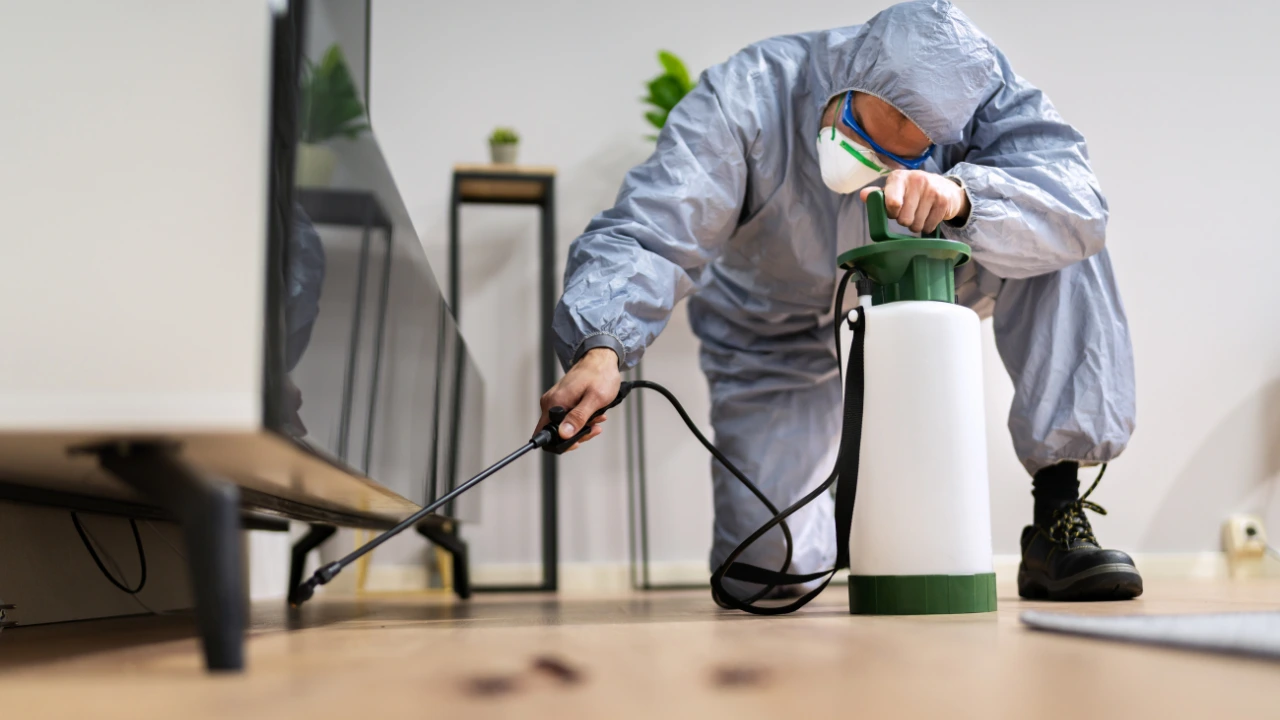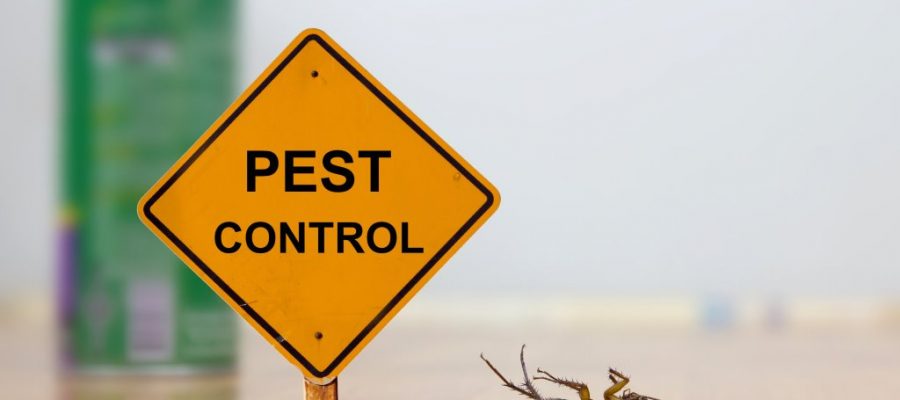Discovering Infestation and Treatment Methods in the Globe of Parasite Control
The landscape of parasite control incorporates a myriad of obstacles, especially as invasions of common house insects remain to evolve. Comprehending the habits and reproductive patterns of these annoyances is critical for establishing effective treatment strategies. By integrating preventive procedures with advanced management methods, such as Integrated Parasite Monitoring (IPM), home owners can better protect their environments. The effectiveness of these methods might differ dramatically based on particular circumstances. What hidden elements add to the success or failing of these approaches in various settings?

Common Household Vermin
When it pertains to managing our space, recognizing typical home pests is vital. These parasites not just interrupt our comfort yet can additionally pose health and wellness dangers and damage residential or commercial property. One of the most common house pests consist of ants, roaches, rodents, termites, and bed bugs.
Ants, typically seen foraging in cooking areas, can infect food and develop large colonies. Roaches, understood for their durability, can cause allergic reactions and spread microorganisms. Rodents, consisting of computer mice and rats, can cause structural damage and lug diseases like hantavirus and salmonella. Termites, often referred to as "silent destroyers," can jeopardize the integrity of wood frameworks, leading to pricey repairs. Bed insects, although not disease providers, can cause significant pain with their bites and result in mental distress.
Identifying the signs of these pests, such as droppings, nests, or bite marks, is important for very early treatment (Pest Control Lockhart). Appropriate cleanliness practices, sealing access factors, and keeping a clutter-free environment work preventative actions. By recognizing these usual family parasites and comprehending their habits, home owners can take proactive actions to alleviate invasions, ensuring a healthier living environment
Understanding Pest Infestations
Insect invasions can escalate swiftly, turning a small nuisance into a significant problem if not resolved quickly. Usual elements contributing to invasions consist of bad cleanliness, structural susceptabilities, and seasonal modifications that drive pests inside your home.
Determining the kind of pest is important, as different types display different behaviors and reproductive rates. For example, rodents might develop nests in hidden locations while bugs like cockroaches thrive in wet settings. Early discovery frequently hinges on acknowledging signs such as droppings, nibble marks, or uncommon noises, which can suggest an issue prior to it comes to be serious.
Cozy, humid climates can promote the quick development of bug populations, while modifications in landscape design or construction can inadvertently produce conducive settings. An educated technique to understanding these dynamics lays the groundwork for reliable parasite administration methods in the future.
Therapy Methods and Methods
Reliable treatment methods and strategies are important for alleviating parasite infestations and bring back a secure environment. A diverse strategy is frequently best, integrating chemical, organic, and mechanical techniques tailored to the particular parasite and the seriousness of the infestation.
Chemical therapies include using pesticides and herbicides, which can properly get rid of parasites. However, proper application and adherence to security standards are critical to lessen dangers to people and non-target microorganisms. Integrated Parasite Management (IPM) urges the cautious use of chemicals as a last option, counting rather on monitoring and limit levels to establish intervention demands.
Organic control techniques involve introducing natural killers or parasites to lower pest populations. This method is progressively prominent, particularly in farming setups, as about his it promotes ecological sustainability.
Mechanical techniques, such as traps and obstacles, give immediate alleviation from bugs without introducing chemicals. Options include sticky traps for insects or physical obstacles for rats.
Inevitably, the selection of treatment method must think about the particular parasite, the environment, and potential effect on human wellness and ecological communities. A balanced mix of these strategies can properly take care of infestations while promoting long-term insect control services.
Preventative Steps for House
Proactively addressing pest concerns before they escalate is important for maintaining a healthy home environment (Pest Control Lockhart). Implementing reliable safety nets can substantially decrease the possibility of invasions, eventually guarding both your residential property and wellness

Appropriate landscape design also plays an essential role in prevention. Maintaining shrubs and trees cut away from your home decreases the opportunities of bugs locating their method inside. In addition, make certain that drainage systems are functioning efficiently to avoid standing water, which can reel in insects and other bugs.
Finally, regular evaluations are recommended. Frequently looking for indicators of parasite activity enables early intervention. By taking on these preventive measures, home owners can produce an atmosphere that is less congenial to bugs, consequently enhancing their total high quality of life and decreasing the need for comprehensive pest control treatments.
Commercial Parasite Control Strategies
An extensive technique to business bug control is necessary for organizations intending to keep a safe and hygienic setting. Efficient methods involve a mix of regular assessments, employee training, and the implementation of Integrated Pest Administration (IPM) techniques.
Normal examinations enable early discovery of bug activity, enabling timely intervention. Services ought to establish a routine timetable for these evaluations, concentrating redirected here on risky locations such as kitchens, storage areas, and garbage disposal websites. Staff member training is similarly critical; team ought to be educated on the signs of parasite invasions and the significance of reporting them instantly.
Executing IPM techniques assists reduce pest issues sustainably. This consists of habitat adjustment, such as sealing entrance points and minimizing mess, along with employing all-natural deterrents before considering chemical therapies.

Moreover, teaming up with a qualified bug control copyright makes certain access to professional knowledge and sophisticated treatment alternatives. This collaboration can result in personalized parasite control plans tailored to the certain demands of the service, lessening threats and enhancing total efficacy. Inevitably, a positive and educated strategy fosters a pest-free setting, guarding both public health and wellness and company online reputation.
Conclusion
In conclusion, reliable parasite control demands a comprehensive understanding of check that common home bugs and their actions, paired with targeted therapy methods. Implementing precautionary procedures along with therapy approaches such as Integrated Parasite Monitoring and organic control boosts the ability to mitigate invasions.
Comments on “Eco-Friendly and Effective Treatments by Pest Control Lockhart”